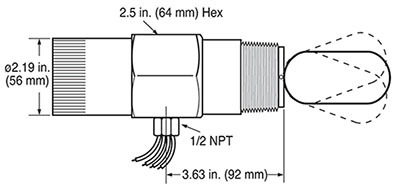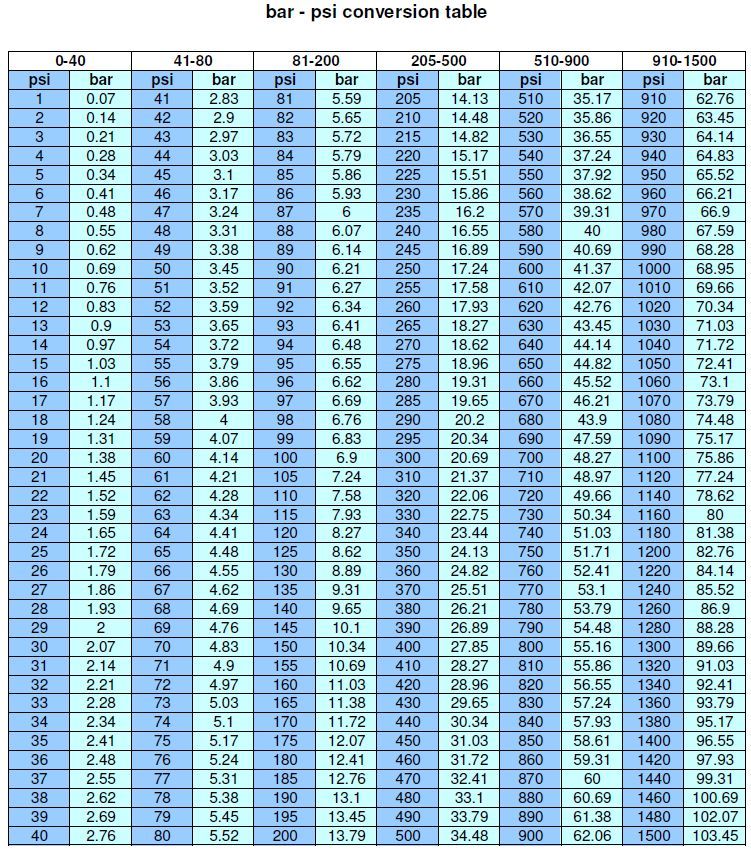


The 325-3 (1/2) used with a 5 to 9 spring, set at 7, is the correct regulator to use for this application.

Meteorologists and weather reporters worldwide often use this unit for convenience, since working in pascals would result in much larger values. Kpa to psi chart Keyword Found Websites Listing Keyword Homebrewer’s Guide to Kegging MoreBeer This is well below the available differential of 1.75 psi. Millibars (symbol: mb) are also commonly used when referencing atmospheric air pressure, where atmospheric pressure equals 1013.25 mbar (101.325 kPa).
#325 psi to kpa free
The International Bureau of Weights and Measures has specified the bar as a unit that authors should have the freedom to use but has chosen not to include the bar in the list of non-SI units accepted for use with SI. Free tool for simple pressure SI unit conversion (Pa, kPa, MPa) and Anglo-American pressure units (PSI,PSF) but also for less widely used units (mmHg. The term "bar" comes from the Greek word "baros," which means weight.Ĭurrent use: Although the bar is a metric unit of pressure, it is not accepted within the International System of Units (SI) and is even deprecated within certain fields. History/origin: The unit, bar, was introduced by Vilhelm Bjerknes, a Norwegian meteorologist who founded modern weather forecasting. It is equal to 0.987 atmospheres (101,325 Pa), the unit often used as a reference of standard pressure. Convert pressure values from kPa units to psi pressure units using the following method: .76 Pascals (Pa) Pascals (Pa) psi value x 6894.76 Pa kPa value x 1000 Pa psi value kPa value x 0.145038 kPa pressure related products. Barĭefinition: A bar (symbol: bar) is a metric unit of pressure that is defined as exactly 100,000 pascals (symbol: Pa). This is true of most countries, including the United States. The kilopascal is more prevalent in scientific contexts such as material science, engineering, and geophysics. Exceptions include certain countries that use either the imperial or United States customary systems of measurement, such as the United States, in which the unit of pound per square inch is more commonly used. In 1971, at the 14 th General Conference on Weights and Measures, the pascal was adopted as an SI derived unit of pressure.Ĭurrent use: The kilopascal is widely used worldwide in countries that have adopted SI. The kilopascal is simply a multiple of the pascal, as is common within SI. History/origin: The unit, pascal, is named after Blaise Pascal, a French mathematician and physicist. A kilopascal is defined as 1,000 Pa, where 1 Pa is defined as the pressure exerted by a 1 newton force applied perpendicularly to an area of one square meter, expressed as 1 N/m 2 or 1 kg/m Definition: A kilopascal (symbol: kPa) is a multiple of the pascal (Pa), an SI (International System of Units) derived unit of pressure used to measure internal pressure, Young's modulus, stress, and ultimate tensile strength. 101,325 Pa 101.3.25 hPa 0.1013.25 mbar 760 (ISO 2533) 14.696 psi.


 0 kommentar(er)
0 kommentar(er)
